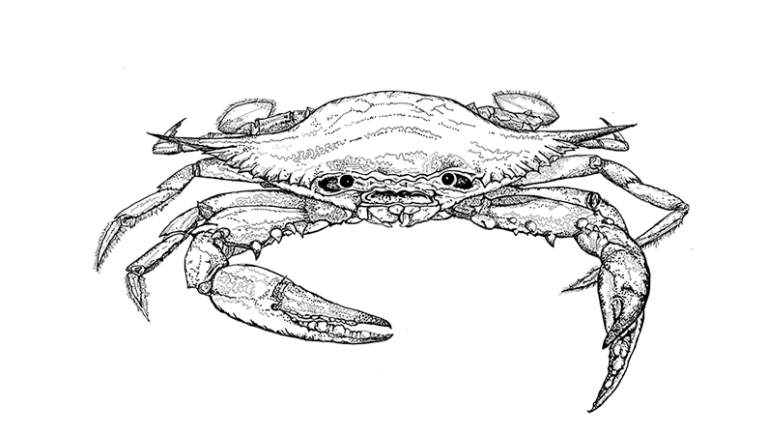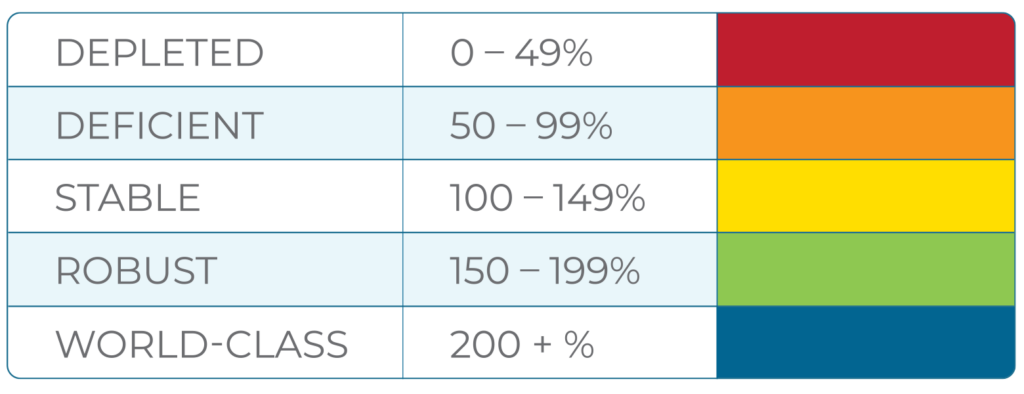Blue Crab


56.4% = DEFICIENT
How It’s Calculated
FINDEX is a novel way to gauge whether the status of a fish population is trending up or down. Management of most fish species in North Carolina is guided by stock assessment models developed by various groups of scientists. The calculations in our FINDEX metric measure the gap between the desired condition of a fish stock (the Target reference value) and the existing condition (the most recent data year in the model called the Terminal value) as determined in each stock assessment. The gaps between Target and Terminal values are reported as ratios.
For example, if the Target and Terminal values are the same, there would be no gap, and the ratio would be 1.0. The multiplier on our FINDEX barometer would set the FINDEX value at 100% in this example and assign a stock status designation of “Stable.” Categories on the FINDEX barometer are measurable as they track the extent of the gap either above or below the “Stable” designation.
For Blue Crab, the FINDEX gap assessment compared Target and Terminal values of Fishing Mortality (F) and Average Spawner Abundance (ASA) from the stock assessment developed by the NC Division of Marine Fisheries. The Target value for Average Spawner Abundance was established at 73 million mature Blue Crab females. The Terminal year (the most recent data year) in the stock assessment model was 2016. FINDEX recognizes that Fishing Mortality (lower is better) and Average Spawner Abundance (higher is better) are inversely related, so we adjust our gap calculations whenever the two ratios are considered together.
Here's the FINDEX formula used for Blue Crab:

- (0.824 x .685) x 100 = 56.4%
- FINDEX = 56.4% for 2016
- 56.4% = DEFICIENT

What Does Deficient Mean?
FINDEX designation as “Deficient” is assigned to any stock with a value between 50 and 99%. In the case of Blue Crab, Terminal values of both Fishing Mortality and Average Spawner Abundance failed to meet the established Target values. Note there is a considerable time lag associated with updates to the Blue Crab stock assessment. For this reason, FINDEX calculations may not accurately describe current conditions – instead, FINDEX evaluates the most recent scientific data available (2016 in the case of Blue Crab).
FINDEX Stock Status Over Time
The stock assessment model for Blue Crab provides point estimates of Fishing Mortality and Average Spawner Abundance for each year covered in the data set. We’ve compared the Target reference values to these annual point estimates and calculated the ratios (gaps) for each data year from 1995–2016.
Applying the FINDEX gap assessment to the entire time series provides the following stock status trendline:
No Data Found
How Do We Get To World-Class?
FINDEX can also be used to determine when a population has reached “World-Class” status. Because FINDEX factors performance of both Fishing Mortality and Average Spawner Abundance into the metric, multiple combinations of these values could potentially lead to a World-Class designation.
Blue Crab Target values for Fishing Mortality (1.22) and Average Spawner Abundance (73 million spawning females) have been established by the management agencies. The existing estimates (2016 values) are 1.48 and 50 million spawning females. Under one potential scenario, if Fishing Mortality was to drop to the Target value and Average Spawner Abundance was to increase to 146 million spawning females, then the FINDEX value would exceed 200% on our barometer. The vision of the NC Marine & Estuary Foundation is to see our coastal stocks exceed Target expectations as we pursue World-Class fisheries and thriving coastal economies.
Commercial Trends
The graph below illustrates commercial trends for Blue Crab from 1990 through 2022. In 2022, commercial fishers recorded a combined harvest of hard, peeler, and soft crabs of 9,507,688 pounds valued at $15,641,178. Supporting data was sourced from the North Carolina Department of Environmental Quality.
No Data Found
Recreational Trends
The Marine Recreational Information Program that is used to estimate harvest and discards of North Carolina’s recreational fisheries does not capture Blue Crab data. However, the NC Division of Marine Fisheries conducts an annual mail survey of anglers who have purchased a Coastal Recreational Fishing License to estimate Blue Crab harvest in the recreational sector.
This data program has limitations, especially considering an individual does not need a fishing license to keep Blue Crabs. The estimated recreational harvest of Blue Crab from the mail survey averaged 82,178 (27,393 pounds) between 2011 and 2021. Annual estimates of Blue Crab harvested by holders of a Recreational Commercial Gear License are currently unknown.
Did you know?
- Most Blue Crabs landed commercially in North Carolina come from Albemarle Sound. In 2021, more than 5.3 million pounds of hard Blue Crabs were sold from this region, with over 275,000 pounds of soft and peeler crabs harvested as well. Currituck Sound and Pamlico Sound both supported Blue Crab landings in excess of 1.2 million hard crabs in 2021.
- A Blue Crab shell is called a “carapace”. The abdomen or underside of the crab is called an “apron”.
- Male and Female crabs can be distinguished by the shape of the apron. A male crab has a “T-shaped” apron, whereas a female crab has a triangular apron.
- A male crab is called a “Jimmy” and a female crab is called a “Sook”. “Sponge Crabs” are female crabs carrying an egg mass which typically varies in color from black to bright orange.
- Blue Crabs grow by shedding their shell during a process called “molting”. Prior to becoming mature, a Blue Crab might molt as many as 20 times.
Harvest Seasons for Blue Crab
- The recreational limit for Blue Crab is currently 50 per day, with a minimum size limit of 5-inch carapace length.
- Blue Crabs cannot be possessed during the month of January north of the Highway 58 Bridge, or from March 1 through March 15 south of the Highway 58 Bridge.
- Crab Pots accounted for almost 96% of all Blue Crab landings in 2021.
- Proclamations for Blue Crab that outline the various commercial harvest restrictions can be found here.
What’s Next?
As our team diligently refines FINDEX, we are committed to delivering the most recent stock status updates for North Carolina’s diverse finfish species. Subscribe below to receive a stream of inshore insights and stay current with our coastal initiatives.

